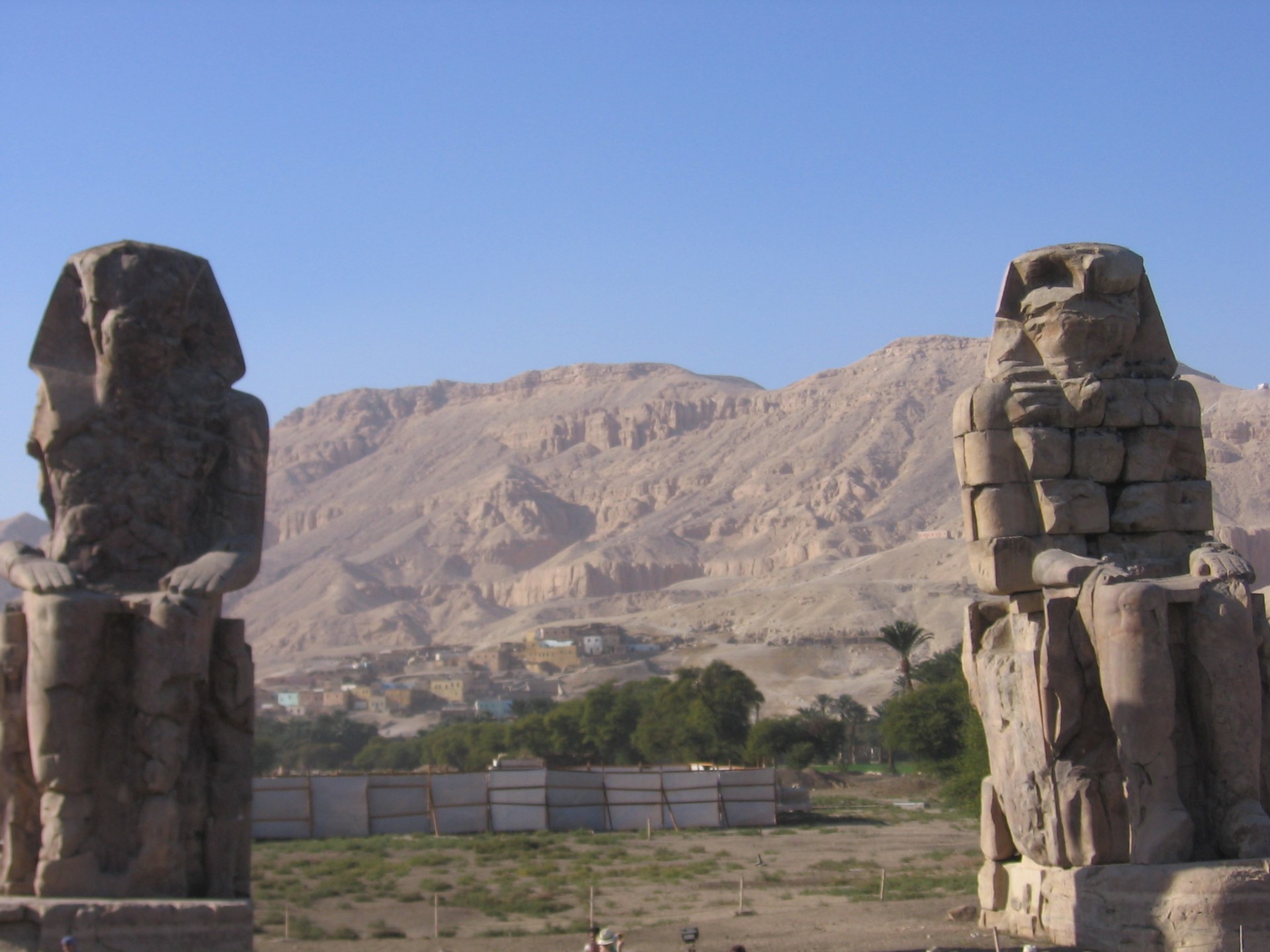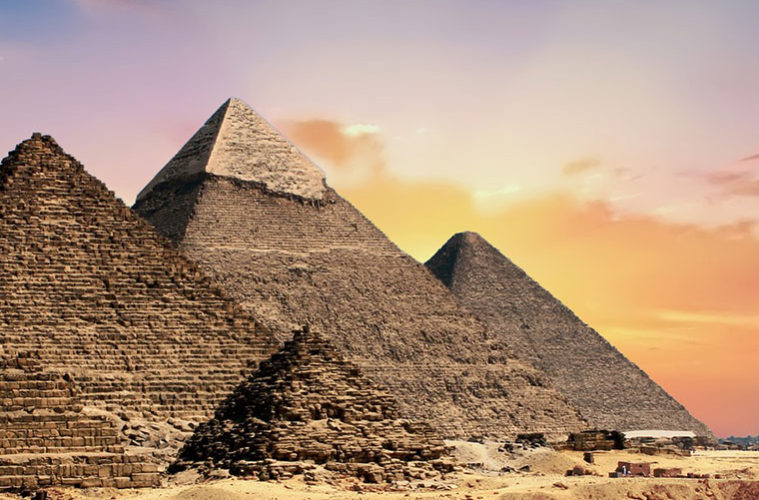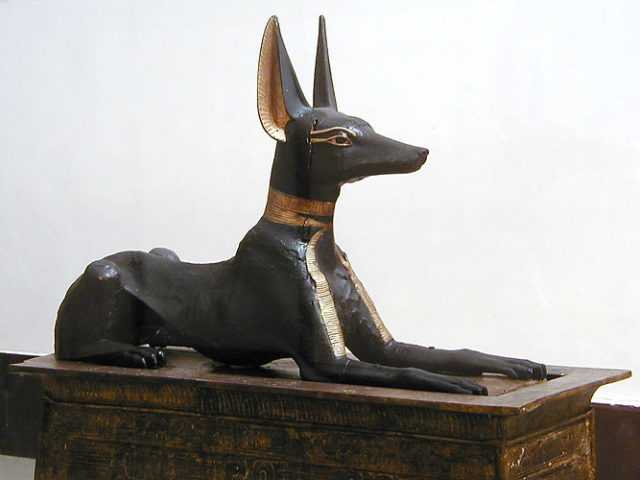Travelling to Egypt can actually catch you off guard. If you don’t have a detailed itinerary, you might simply have it in your head to travel to Cairo, see the pyramids, and be done with it. That’s definitely one way to go about it, but not all of Egypt’s interesting sights, ancient landmarks and artifacts are in one location. And this is a country you visit, at least in part, to enjoy its history. So really, it’s a good idea to think ahead and pinpoint a whole array of attractions you want to see. Fortunately, we’re here to help with the process.
1. The Pyramids (And Sphinx)
It almost doesn’t need to be said, but the pyramids and the great sphinx that stands before them should be at the top of your list. As ‘iExplore’ points out in a piece on the best world wonders to visit, the Great Pyramid of Giza is the only remaining Ancient Wonder from the original list the only remaining Ancient Wonder from the original list, and dates back 5,000 years. That truly makes it one of the most remarkable things you can see in the entire world, and links you with human beings from fascinating ages long, long past.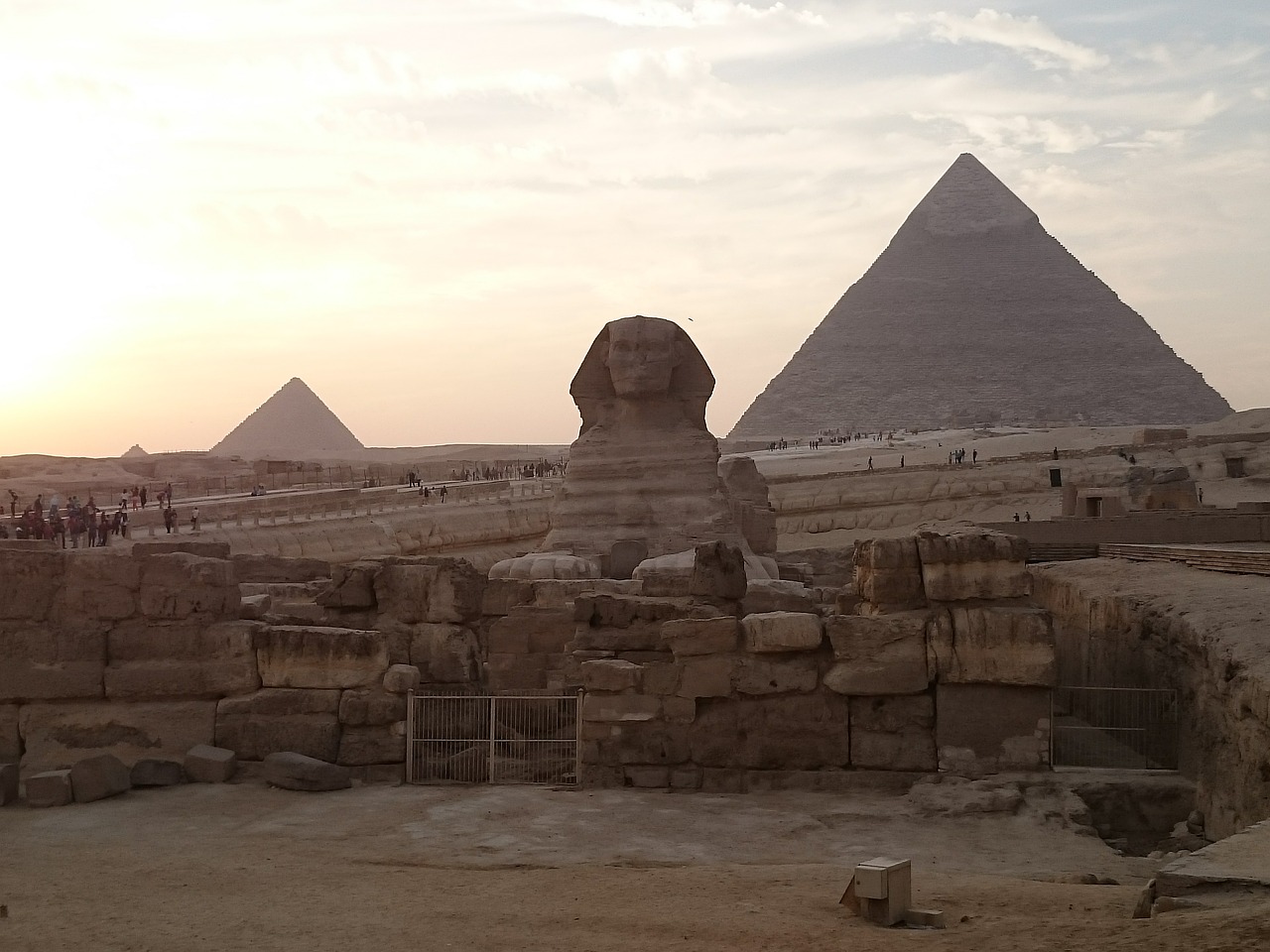
2. The Anubis Shrine
This is the only sight we’re recommending that is in a museum rather than out and about. Anubis is actually quite familiar to people with even a casual interest in ancient Egypt, though the guardian of the dead can be portrayed in somewhat misleading ways. He can sometimes be made sinister, and in fact one modern video game set in Egypt makes a direct negative reference. The game frames a slot machine game board with the “rather menacing” gold statues of Anubis and Horus, at any rate. In reality, however, Anubis is simply one of many Egyptian gods, and one that happens to be associated with death. That in fact is just what makes the Anubis Shrine at the Egyptian Museum in Cairo so thoroughly worth seeing. This isn’t just a representative of the Egyptian afterlife, but a shrine that was found in the tomb of King Tut (made sometime in the 1200s-1500s BC). It’s just an incredible piece of history to see in person.
3. Mount Sinai
Mount Sinai is best known as an iconic landmark from the Bible, though you don’t have to be religiously inclined to appreciate its historical significance (or its sheer appearance). Located on the Sinai Peninsula with a summit at nearly 8,000 feet, it is believed to be the site referenced in the Old Testament as where Moses received the Ten Commandments from God. This is a story accepted by people of Jewish, Christian, and Islamic faith alike, which essentially makes the mountain a holy place in the eyes of a massive portion of the human population. Again though, you don’t have to be part of that population to appreciate the significance. And it happens to be a fairly striking mountain as well.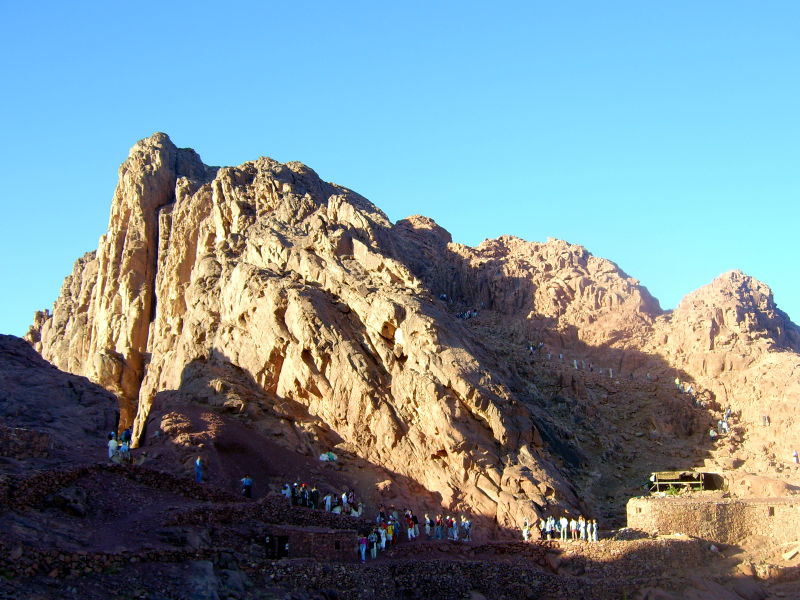
4. Karnak
Outside of the pyramids, Karnak might be the most remarkable area to visit in Egypt. Located on the east bank of the Nile River in the city of Luxor, it’s a sprawling, gigantic temple complex that covers more than 100 hectares of space, which is basically the size of a small town or ancient city. Featuring pillars, chapels, temples, statues, and miscellaneous monuments and buildings in varying states of ruin and preservation, it’s a complex that was built over time and through different periods of the country’s ancient history. Interestingly enough, this is one Egyptian landmark that was in a sense corrupted by a later civilization as well. Constantine the Great, an emperor in the 4th century, initially established Christianity in what had been Egypt, and eventually Christian temples were put up in place of ancient ones – some of them even in Karnak.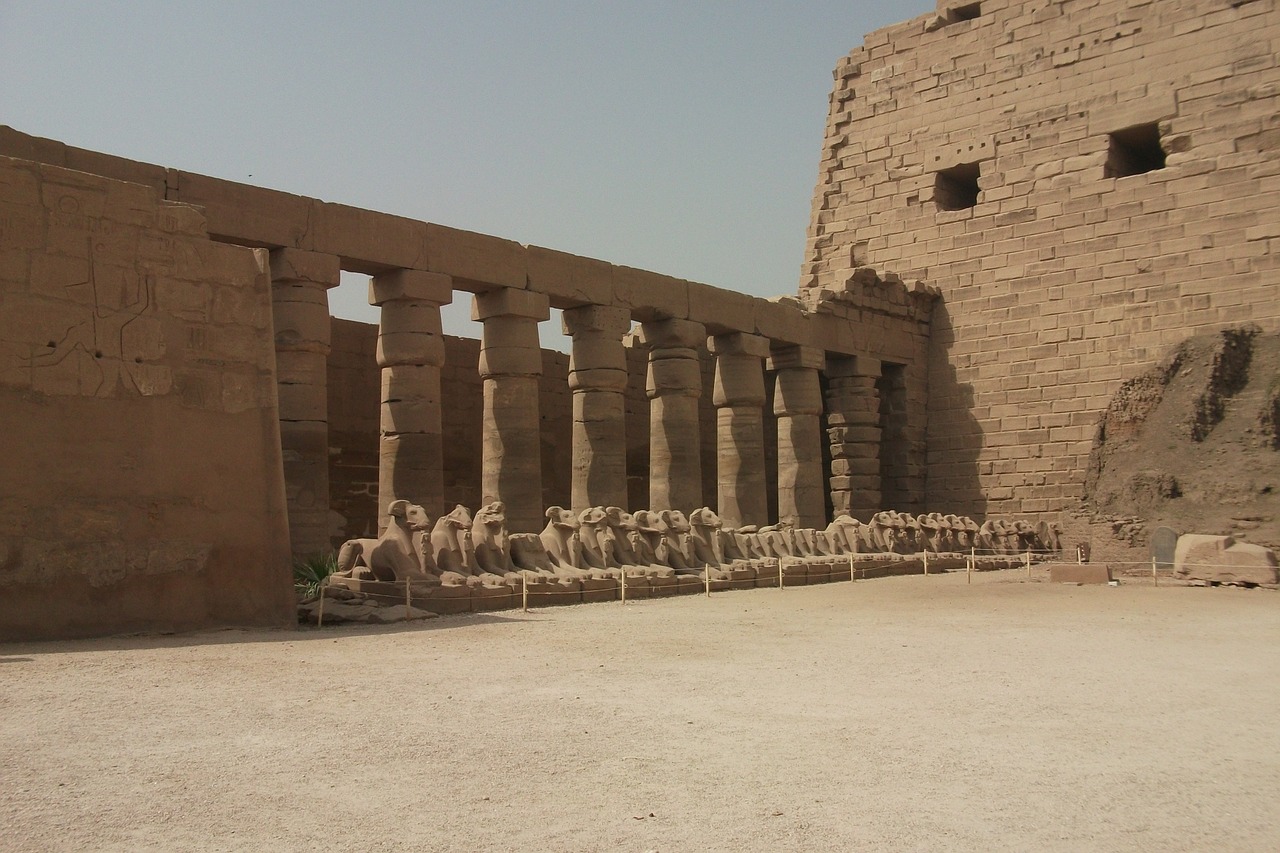
5. Colossi Of Memnon
These are more something to pass by and look at for a little bit, but they nevertheless belong on the list. Basically, they’re 3,400-year-old statues of Amenhotep III that stand at what was once the Theban Necropolis outside of present day Luxor. They’re about 60 feet tall and look frankly, like something out of a fantasy tale.